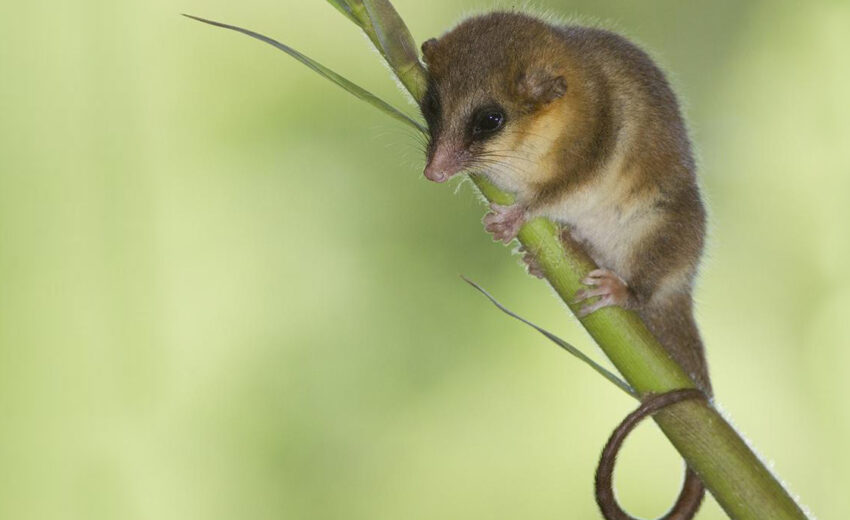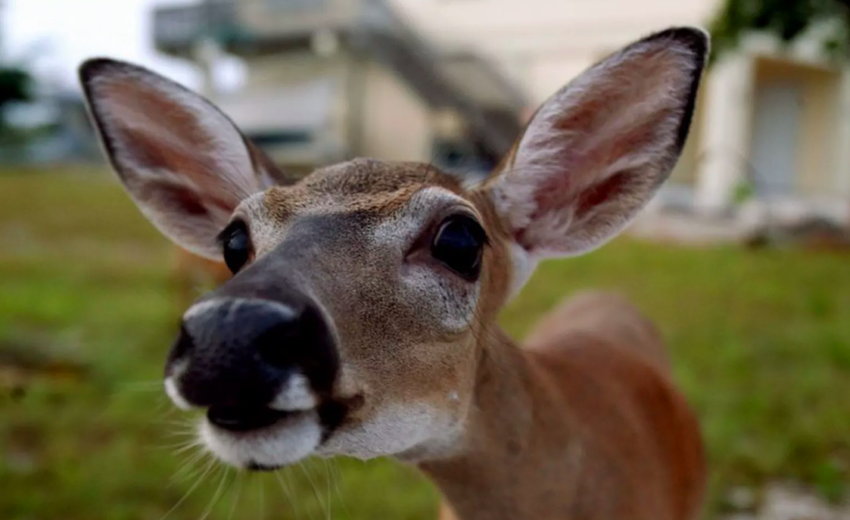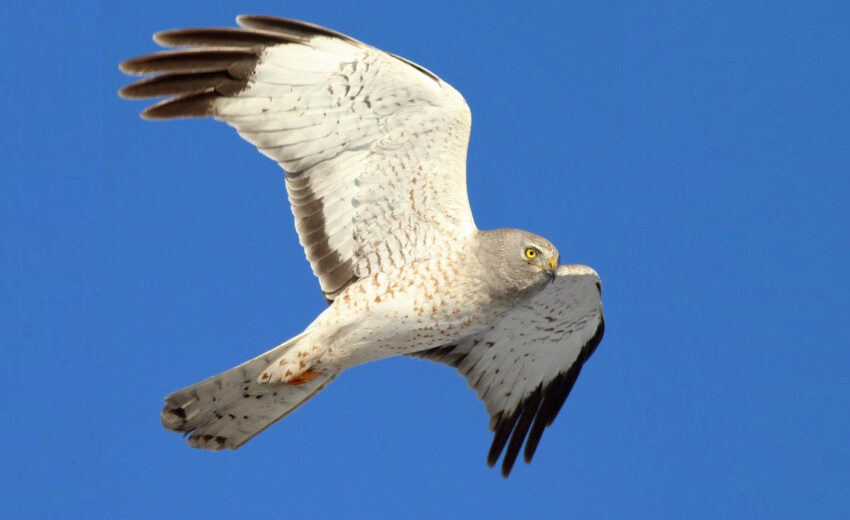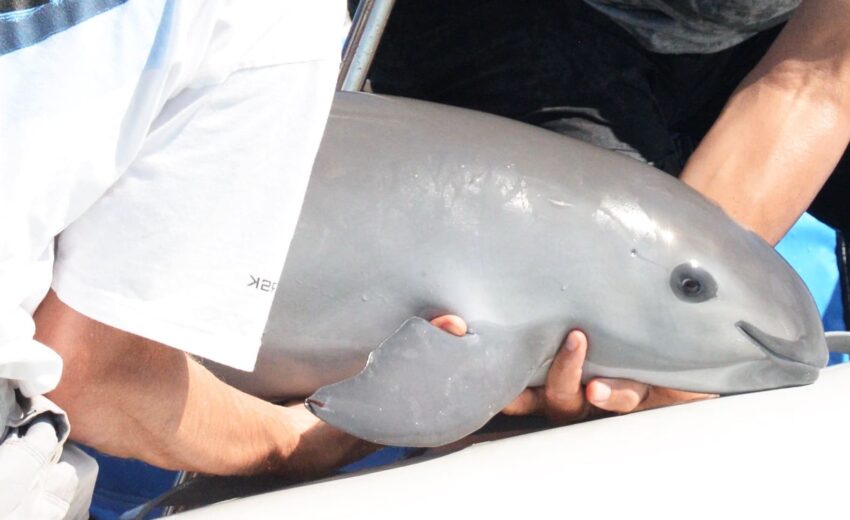The monito del monte, aka colocolo opossum, is considered a living fossil, as it’s the only living member of Microbiotheria. Which is an otherwise extinct order. They can be found in
- Zoology
- Daily Critter Facts
- For Teachers
- Study Guides
- Diseases & Parasites
- Contact











